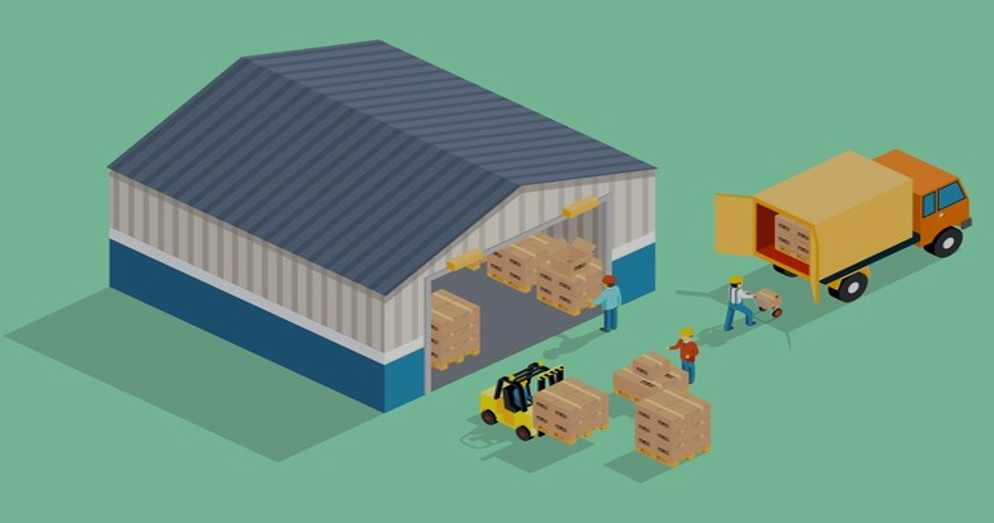India’s wholesale inflation rate, measured by the Wholesale Price Index (WPI), edged up to 0.53% in March 2024 compared to the previous year. While this indicates a slight rise in wholesale prices, it remains significantly lower compared to historical highs.
What is Wholesale Inflation?
Imagine you’re a business owner who buys large quantities of goods to sell in your store. Wholesale inflation refers to the increase in the prices that businesses pay for these goods from their suppliers over time.
What Does the 0.53% Increase Mean?
This figure indicates that on average, the wholesale prices of goods in India increased by 0.53% in March 2024 compared to March 2023. This means that a basket of goods that cost ₹100,000 last year might cost around ₹100,530 this year.
Why Did Prices Increase Slightly?
There could be several reasons behind this small rise in wholesale inflation:
- Higher Food Prices: The cost of food items like vegetables, fruits, and grains might have risen slightly compared to last year. This could be due to seasonal variations or disruptions in the supply chain.
- Global Factors: Rising global oil prices can indirectly affect the cost of transportation and production, leading to slightly higher wholesale prices for some goods.
Why is Inflation Still Relatively Low?
Despite the slight increase, India’s wholesale inflation remains much lower compared to some previous years. Here are some possible reasons:
- Stable Government Policies: Government initiatives aimed at controlling inflation might be having a positive effect.
- Good Harvests: A good harvest season could lead to an abundance of agricultural products, keeping food prices in check.
- Lower Demand: If consumer demand for goods remains low, businesses might be less likely to raise prices significantly.
What This Means for Businesses and Consumers
A low and stable inflation rate is generally positive for both businesses and consumers:
- Businesses: Businesses can plan their budgets and pricing strategies more effectively when inflation is predictable.
- Consumers: Lower inflation means the purchasing power of your money stays relatively stable, and you might not see significant price hikes on everyday goods.
Looking Ahead
It’s important to monitor future inflation trends. While the current rate is low, external factors like global oil prices or unexpected disruptions in the supply chain could cause it to fluctuate.
